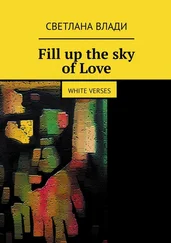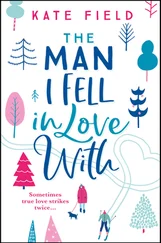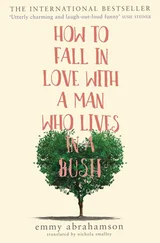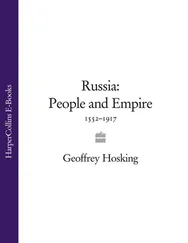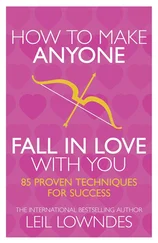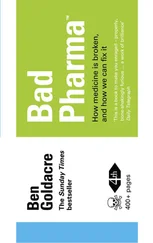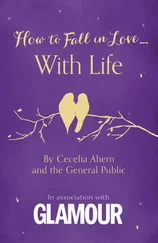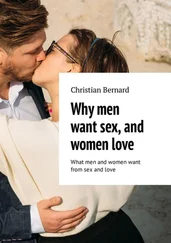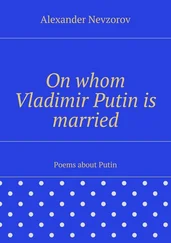However, the contradiction between the economic successes and bureaucratic failure – one side expressed in Kudrin and the other in Surkov – could not be postponed forever. The poverty and national disintegration of the 1990s had stopped, whilst the corruption and the monarchical presidency born in the 1990s had reached grotesque and exaggerated proportions. This made the Putin consensus and the Putin majority inherently vulnerable. Surkov had failed to create tools that could control the way society was evolving. It was now going its own way, driven by megatrends that Surkov could only try to steer – a growing consumerist middle class, the expanding Internet, uncontrolled mass migration and religious resurgence. Russia was being reshaped but not by the state.
However, the government was not so worried. As the economy boomed in the run-up to the 2008 crash, both the new middle class and the political elite were willing to look the other way. In Russia, as in China, consumerism had turned out to be far more complementary to authoritarianism than ration cards. In fact, Putin seemed so successful that at some moments during the decade there may have been more unrest in the hinterland of Beijing than in provincial Russia. 62‘Putin – Stability’, as the posters he smiled from said.
Tastes change. The most popular Russian novels of the decade were not ones about heroic masses, but dashing tsarist agents. Known as the Fadorin Series these were pulp detective thrillers set under Nicholas II. They sold over 20 million copies, because they indulged a country dreaming of a gilded age, without any of the pressures of the ‘collective’. The empire that the author Boris Akunin had chosen to set his adventures in was that of the 1880s, one that Russians could recognize, a place where power was both autocratic and fragile, the country both optimistic and paranoid. In the most popular book in the series, The State Counsellor, the hero-detective resigns from state service having saved the tsar, unable to put up with its dirty methods to ensnare terrorists. Akunin wanted to make a point out of this – think of yourself as an individual.
This reflected the ways in which the boom was changing Russian minds. The 2000s saw a rejection of the tradition of ‘togetherness’. Those in the new middle class were not saving Russia from communism, but putting themselves first. These new consumers were engaged in escapism and flight. Whilst showing minimal concern for their fellow countrymen, or interest in the state, Russian families were quietly renovating their apartments, buying modern cars and installing new televisions. For the young this was cool, not wasting time handing out pamphlets about political crimes at mass gatherings like their parents had done. Little wonder that these tsarist fantasies appealed.
Moscow changed as a social world. Paranoia about Balkanization died as a conversation topic. Travelling, getting up to speed with and ideally owning current London and Manhattan trends was cool. These were the years of ‘glamour’. The gangster chic of the 1990s was replaced by a fashion for velvet jackets and opulent clubs with aggressive ‘face control’. There were dreams of Italian fashion, sophistication and glasses of Cristal. The highest compliment you could pay someone was to say he was ‘successful’, whilst to call someone ‘political’ was practically an insult.
Out in the provinces, copying what was happening in the capital was cool. The websites of small opposition factions were generally quiet as vast numbers of fan pages for London or Paris sprang up. In Moscow ‘the theory of small deeds’, a tsarist-era philosophy that urged Russians to concentrate on small civic acts and forget political overhaul, was popularized by Vasily Esmanov, the founder of a fashion portal with a name that rang with the age: lookatme.ru. The twentysomethings who were addicted to this website felt they had left the 1990s behind: ‘We are different,’ said Esmanov, ‘we are the first Russian generation raised on global culture.’
Moscow lost the 1990s feeling of free fall and zero gravity. One could be forgiven for believing that the city was deliriously passing through three time-historical zones at once: Berlin in the early 1930s, Chicago in the mid-1930s and Paris in the mid-1960s – the marching of boots, the ever-presence of crime and the dreamy, mocking rejection of a post-imperial regime by an experimental new generation.
One young man who captured the post-post-Soviet groove was Filip Dzyadko. In 2007, at the height of the boom, fortune handed him the editorship of the Moscow free-sheet Bolshoi Gorod (‘Big City’). It had been going for a while but never quite found its voice. Dzyadko did. The magazine began trying to build a new aesthetic and was left to collect in the ‘free cafes’ of the city. He wanted to fight Putin’s ‘greyness’ and the messed-up, ugly symbolism of his regime that mixed up banal, dated Soviet icons and practices – from the saucer-like hats worn by the police, the hammer and sickle flag of the army, to the advertising hoardings exhorting people to have more children, right down to the hydroelectric plant on the 100 ruble note. To do this Bolshoi Gorod exploded into colour, restylized Cyrillic and glorified social activism.
A new fashion was sweeping Moscow. ‘Glamour’ was giving way to hipster chic and the cult of ‘creativity’. This began in the ‘free cafes’. These were a new ‘underground’. It was centred on the fake French bistro Jan-Jak, the 1930s ‘intelligentsia’ themed Mayak and Materskaya. ‘It’s like we created our spaces,’ said Esmanov from lookatme.ru, ‘but we wished we could teleport between them, not have to go through dirty and badly maintained streets that we feel don’t belong to us.’ Here Bolshoi Gorod became a crucial identity marker for young Muscovites to show they were not ‘grey’ people like those in the Kremlin; it was left in these places as an alternative marker. Its whole aim was for Dzyadko to fight what he called ‘a time without ideology, a grey time without ideas’.
An archipelago was emerging in Moscow of ‘free places’, but without politics. Dzyadko explains: ‘It was not political. The whole thing can be summed up in the popular photographs of the time – for example, a woman looking into the distance with sad eyes, let’s say in Tokyo – and people would look at it and go, oh, how sad, how beautiful… but it was absolutely without meaning. But there was longing in it.’ Dzyadko thinks the boom in foreign travel was crucial. ‘People started going to Europe and seeing how things were there, and they came back with the desire to create their own nice spaces, attractive spaces inside Moscow. The boom was enabling young Muscovites to globalize and modernize themselves, in spite of the regime’s incompetent institutions.’
It seemed Putin had nothing to worry about. These people were a ridiculous small minority and their new fashion didn’t have political edge. ‘There was nothing rock and roll about this,’ remembers Dzyadko. ‘This was not about standing up and announcing things, but saying them softly. There was no “loudness” – it was about dancing, quietly.’
But a whole network of new media was growing in Moscow, linked into this new beauty-seeking youth culture. These publications – not Nashi – were the winners of the 2000s that defined a generation. They were materialistic, stylish, inward-looking and anti-political – the self-portrait of a new middle class that wanted to be ‘successful’. Afisha magazine became increasingly popular when its owner took a bet on a talented twenty-one-year-old editor in 2008, reaching a circulation of over 183,000. 63A Russian version of Esquire was founded in 2005. The crowning ‘hipster media’ achievement was Dozhd the online, independent TV channel, launched in 2010. With its funky studios it looked like it was broadcast from Shoreditch in London, even Williamsburg in New York, but not Moscow.
Читать дальше


